Leadership Transformation: Rethinking the Must-Have Toolkit
Transformation isn’t reserved for major initiatives or shiny new strategies. Sometimes, it begins in a single moment—when a leader decides to respond differently, listen more deeply, or pause before reacting.
We often limit the term “tool” to things that we can fill in or print out, such as frameworks, assessments, and templates. I use all of these in my coaching practice, and they definitely have their place. But they’re not the only tools leaders need to grow.
And frequently, they’re not even the most important ones.
When’s the last time you used silence as a tool? Or reframing? Or the simple act of asking a better question?
Those are all essentials for transformational leadership.
Tools That Anchor Your Thinking
The tools of transformation don’t always come with instructions. They may manifest as behaviors, beliefs, or bold decisions in pivotal moments.
From what I’ve seen with my clients, the most transformational tools often look like:
- Strategies that create structure amid chaos
- Mindsets that help you bounce back when the pressure is high
- Stories that reclaim your voice or realign your team
- Moments of presence that shift the emotional temperature
- Creative pivots that turn a “no” into your next breakthrough
Each one functions like a lever for leadership growth, not because of how it looks on paper, but because of how it functions in practice.
“Change is inevitable, but transformation is a conscious choice.” –HeatherAsh Amara
I’ve seen that choice play out in defining moments when becoming a better human and a better leader demands that we choose wisely.
What Makes a Tool Transformational?
According to a 2024 KPMG report on transformation, leading organizations invest just as much in adaptive capabilities as they do in strategy.
That means transformational tools are those that spark insight, expand capabilities, and enable leaders to see problems as new possibilities for future outcomes. They make you more agile, more thoughtful, and more effective under pressure.
And that’s not just theoretical. A recent study by McKinsey found that organizations with leaders who exhibit adaptability, emotional intelligence, and clear communication are 3.2 times more likely to outperform their peers in periods of disruption.
These adaptive leadership behaviors are already driving results. That’s why I want to reframe the conversation about the transformation toolkit. Rather than thinking about doing more or collecting more resources, I want to help leaders learn how to use the transformational tools they already have more effectively and more intentionally.
Building Your Must-Have Transformational Toolkit
In upcoming posts, I’ll share tools that go beyond checklists and diagrams. We’ll look at:
- Frameworks that help leaders simplify complexity
- Mindsets that shape how we lead through uncertainty
- Communication strategies that clarify and connect
- Storytelling that aligns teams and strengthens purpose
- Strategic pivots that turn obstacles into opportunities
We’ll also discuss one of my favorite leadership practices: discernment. Knowing what not to say, do, or push forward is a skill more leaders need to hone. It’s the overlooked tools—like silence, reflection, and timing—that change everything.
“Every success story is a tale of constant adaptation, revision, and change.” – Richard Branson
That includes your journey to success.
Transformation in Action: 3 Leadership Tools You Likely Use (But May Be Undervaluing)
Below are just a few examples of the must-have tools. They aren’t new, but the way we use them can be transformational.
1. Communication That Strengthens Transformation
Language is a tool. And it’s often the subtle shifts in how we choose to express ourselves that make all the difference. For example, I coach an executive who changed her entire team dynamic by rephrasing a single request.
Instead of saying, “I need this by Friday,” she asked, “What would need to be true for this to happen by Friday?”
Same due date. Different energy. One builds urgency; the other builds collaboration and ownership.
We’ll look at another example in next week’s post featuring Astronomer’s brilliant brand pivot and what it teaches us about messaging under pressure.
2. Mindsets That Shape Strategy and Culture
Mindset is foundational. Without a growth-oriented internal lens, even the most brilliant strategies fall flat. I’ve seen transformation begin when leaders shift from: “Why is this happening to me?” to “What is this trying to teach me?”
That shift influences how they lead and how their team shows up. Research supports this: organizations led by growth-mindset leaders are 34% more likely to foster innovation and achieve long-term success.
What lens are you leading through?
3. Creative Pivots That Turn Setbacks Into Strategy
Creativity is a leadership necessity that visionary leaders use to reframe and reimagine what’s possible.
One of my clients turned declining engagement into a crowdsourced leadership series. Another transformed a rejected proposal into a successful community fundraiser.
In both cases, these leaders found solutions that helped them execute and evolve. They show that setbacks are invitations to lead with creativity.
Your Prompt for the Week: What’s in Your Toolkit?
What tool helped you grow the most this year and why?
Maybe it was a mindset shift. A model that helped you lead through tension. A powerful question you started asking. Or a new way of showing up that helped your team thrive.
Reflect on it. Write it down. Then share it with someone you trust.
That’s how you inspire leadership transformation.

Lisa L. Baker is the Founder of Ascentim, an award-winning coaching and leadership development firm that helps high-achieving professionals lead boldly and live fully. Drawing on over two decades of Fortune 500 experience and her signature G.R.O.W. framework, Lisa guides clients to unlock their area of greatness—where strengths, passions, and purpose align. Her belief? “When we lead from our greatness, we are our most powerful, authentic selves.”

